There are so many phone options to choose from in 2024, so where do you even begin? Let our expert best smartphones guide show you the way to your ideal mobile phone handset for this year, whether you’re an Apple or Android user.
Given that our smartphones act as our do-everything devices – camera, navigation, comms, entertainment, gaming – it’s important to really consider the priority features that matter to you when picking your ideal phone. And if these options are all too physically big, then take a look at our best compact phones guide for smaller handset options.
Below, we’ve rounded up the best smartphones you can buy, including models from Apple, Samsung, Motorola, Nothing and many more. These are all tried-and-tested handsets and typically flagship models – so if you’re looking for something more affordable then check out our best cheap phones guide instead.
T3 Top Picks

1. Apple iPhone 15 Pro Max
Best premium iPhone
The best premium Apple phone is the iPhone 15 Pro Max. The best iPhone for your money, it delivers super cameras with amazing stabilisation, a gorgeous titanium design, and is undoubtedly the top-tier Apple device.
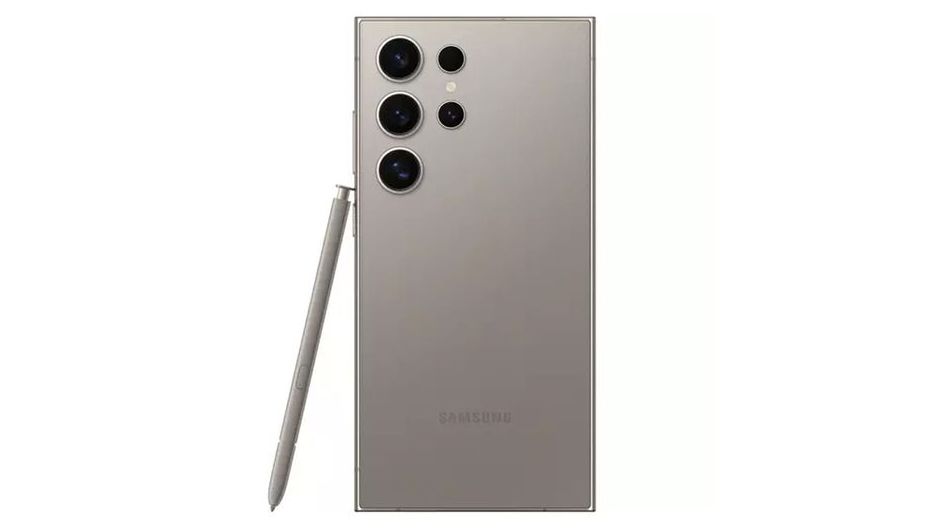
2. Samsung Galaxy S24 Ultra
Best premium Android
The best premium Android phone is the Samsung Galaxy S24 Ultra. With a gorgeous design, superb cameras, even an integrated S Pen stylus for added versatility, Android phones don’t get any more sophisticated than this.

Best for most people
The best phone for most people is the Google Pixel 7 Pro. Great features but at a cut of the price, plus a distinctive design and accomplished cameras, Google’s last-gen flagship is a super handset without a massive price tag.
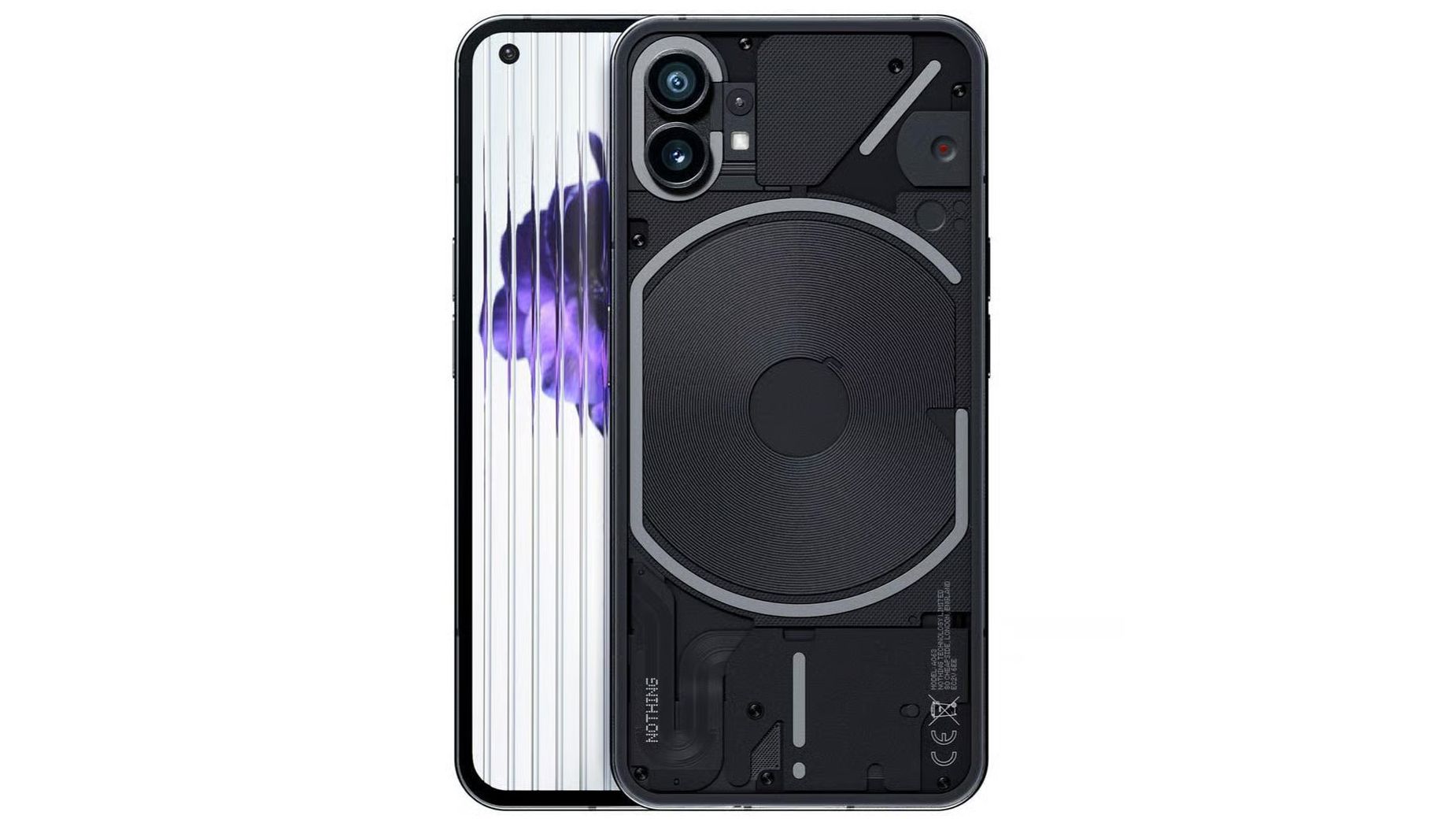
Best affordable Android
London start-up brand Nothing is doing, well, ‘Everything’ right at the moment. Its Glyph lighting system on the rear is quirky and fun, but importantly this powerful and affordable Android handset also gets all the core basis bang on point.

Best iPhone for most people
Although the last-gen Apple device rather than in the current iPhone 15 range, that’s exactly why this is the best iPhone for most people: it’s affordable, it’s got a larger screen than the entry model, and little is lost in buying older.
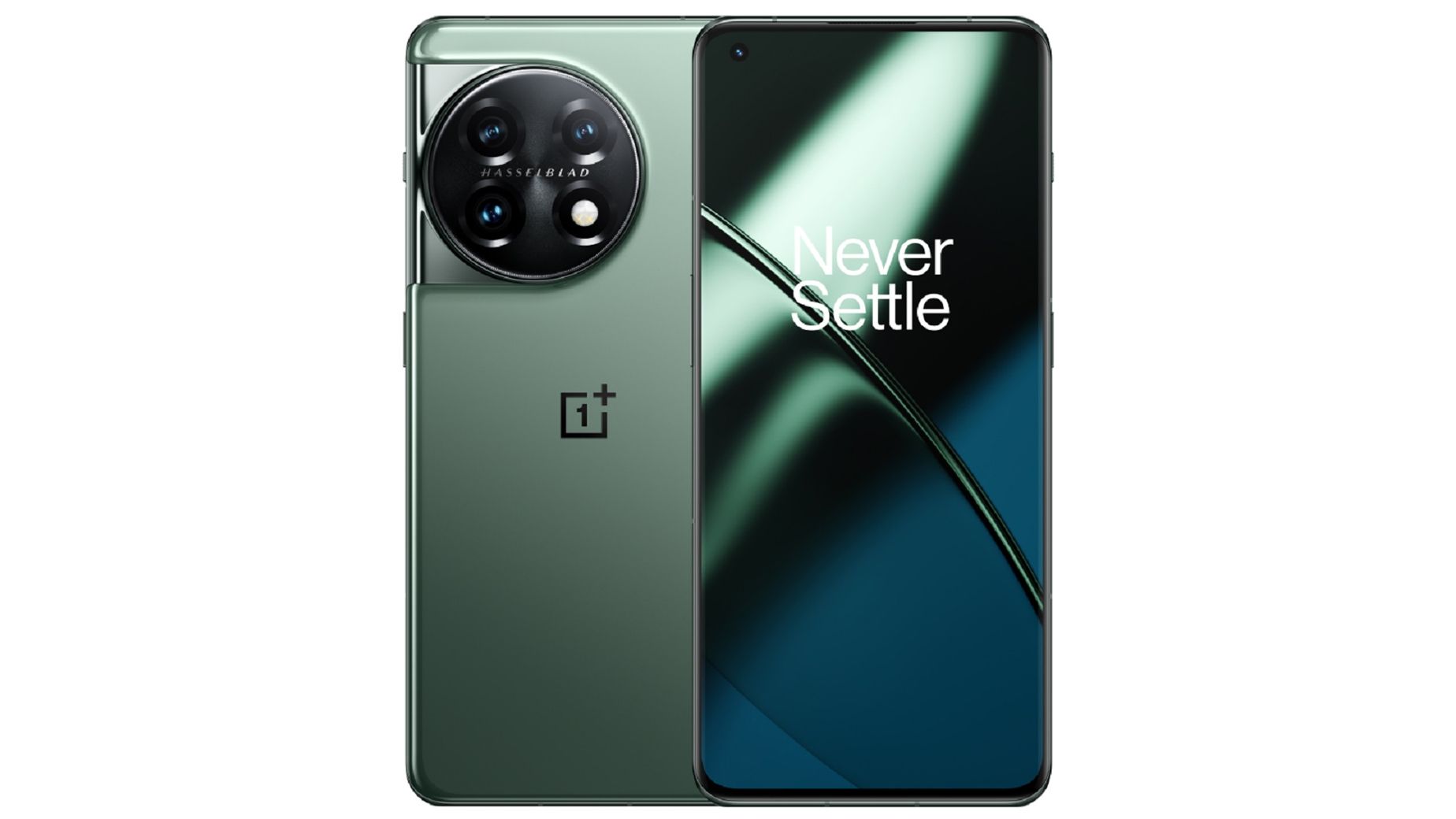
Best cheaper Android
Although the newer OnePlus 12 is now available, the previous model is an ideal buy if you’re looking for a cheaper Android handset that doesn’t cut corners. This is one powerful and capable handset that can keep up with the big names.


(Image credit: Future)
If you’re looking for an Apple phone then this one is the best-of-best in the range. Introduced late 2023, the 15 Pro Max is the first to introduce a new titanium enclosure that looks sublime and is lighter weight than its predecessor.
As we said in our review: « The iPhone 15 Pro Max continues to push the boundaries of what is possible from a smartphone. Thanks to titanium it’s lighter and stronger than ever, boasts an even greater camera array, and it brings in USB-C charging for the first time. If you want the very best, this is the phone to buy. » These new features can cost the battery life a bit, however, which is part of the reason we’d suggest picking this Pro Max model over the smaller Pro version.
The other real standout feature to set the iPhone 15 Pro Max apart from the competition is it cameras array, which includes a 5x optical zoom telephoto with astounding optical stabilisation that’s out of this world. No other iPhone 15 model has a setup quite like this!
Read our full iPhone 15 Pro review to see if Apple’s top handset is the right match for you…

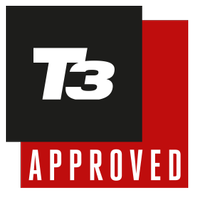
(Image credit: Future / Mike Lowe)
The Samsung Galaxy S24 Ultra represents a step change for Samsung’s biggest and best flagship: with a now flat-panel display (which makes using the included and integrated S Pen stylus even better), the handset is also finished in a more rugged titanium and there are a host of new AI features to take on Apple and Google.
Year-on-year the price point didn’t increase, ensuring Samsung’s top-tier phone remains competitive against its core competition. Despite this, however, camera improvements – ditching the 10x zoom for a 5x zoom but with 50-megapixel sensor – see this Android handset sail ahead compared to many competitors.
Want to know more? Read our full Samsung Galaxy S24 Ultra review to decide if this is the top-end Android phone for you
Best for most people
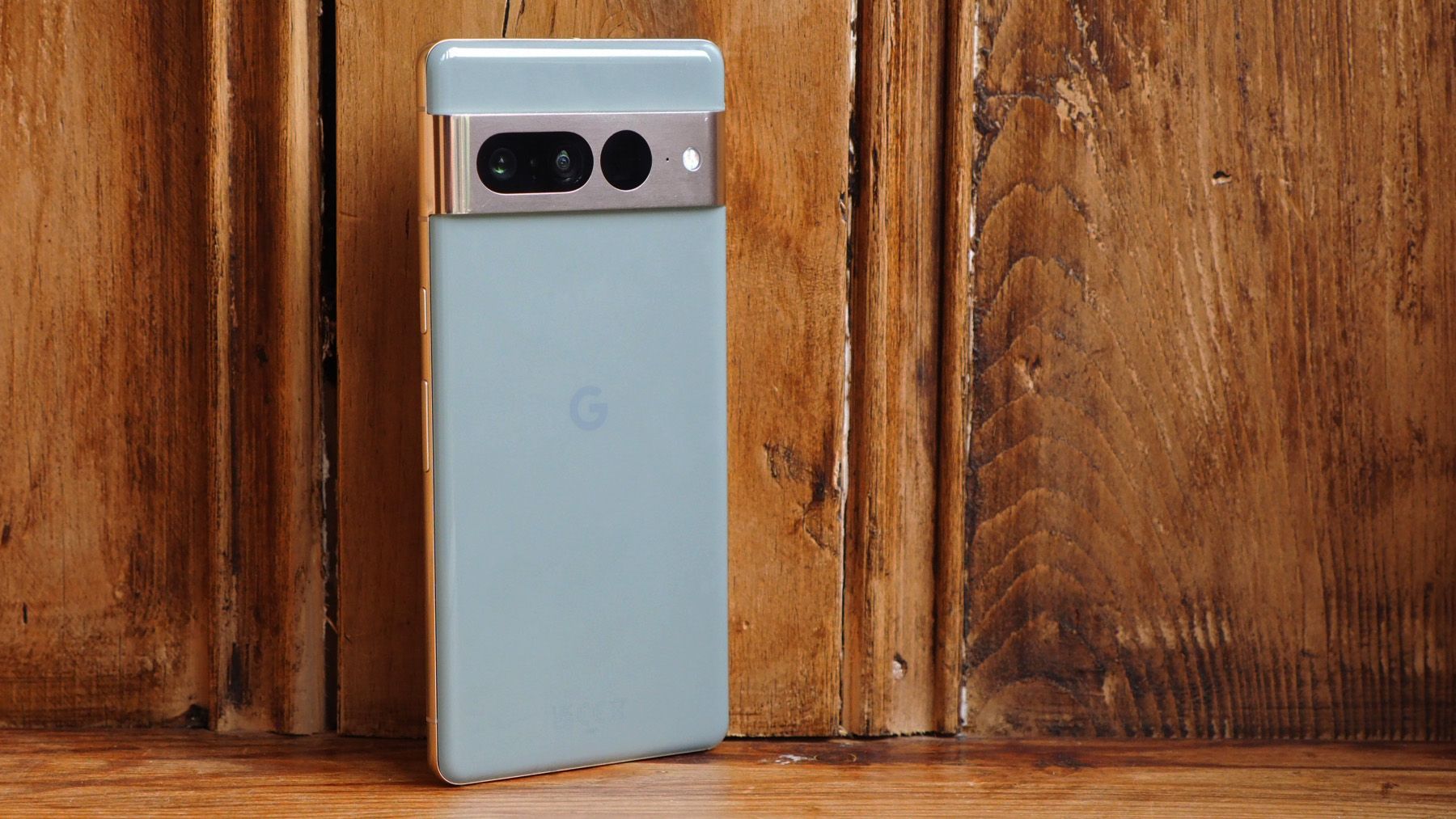
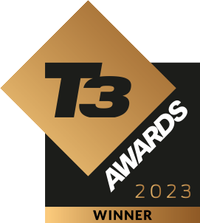
The Google Pixel 7 Pro delivers the best Android experience for most people
(Image credit: Future / Mike Lowe)
Google’s 2022 flagship, the Pixel 7 Pro, features astounding cameras that are easy to use and deliver great results in all conditions. There’s Google’s own second-gen processor on board, too, called Tensor G2, which is super fast and crunches through tasks with ease.
Above all else, however, it’s the design that’s distinctive and a real breath of fresh air. Sure, the aluminium finish does scuff too easily and should be hardier, but given the overall price of this device it undercuts the super-priced flagships and that will make it an ideal phone for most people (who aren’t looking for iPhone anyway).
The model has since been replaced by the Google Pixel 8 Pro, which reviewed well, but its new design, some minor hiccups with its new processor, and much higher price point mean its predecessor is, for now, still the more sensible purchase.
Like the idea of Google’s flagship being more affordable than most? Read our full Google Pixel 7 Pro review to learn more – and why it was the Best Phone winner in the 2023 T3 Awards!
Best affordable Android
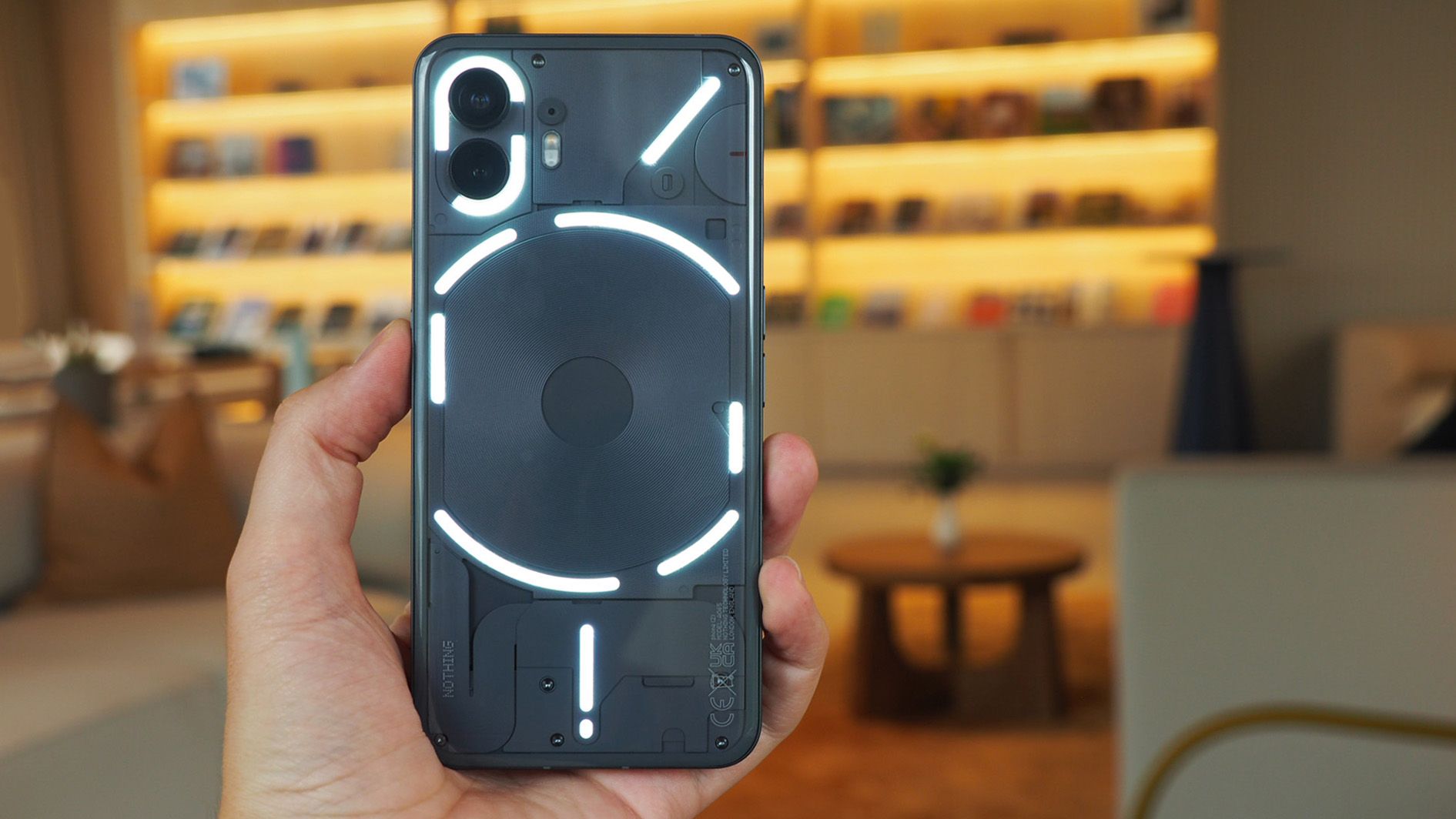

This rising brand delivers stacks of spec for a smaller price, making it the best for lower budgets
(Image credit: Future / Mike Lowe)
As said in our review: « the Nothing Phone (2) impresses threefold: first it’s so comfortable to hold and use, with a distinctive design; two, the improvements to everyday essentials compared to the first-gen phone, such as battery life and screen quality, are a real mark of quality; third, it adds a dollop of fun on top all of that, with features such as Glyph lights not just being a throwaway gimmick.
Sure, it’s pricier than its predecessor, but it’s worth it and this handset is one of those rare moments of unexpected Android phone joy. That’s largely down to the Glyph lights on the rear, which illuminate to alert you to different notifications and other features. Not one for everyone, but for those who take the plunge this iPhone-lookalike Android handset is a real treat.
Check out our full Nothing Phone 2 review to see if this affordable yet high-spec handset is the Android phone for you
Best iPhone for most people


(Image credit: Future)
The ‘Plus’ model in the range has ousted the standard iPhone 14 from our list because we think the Plus’s bigger screen, at 6.7-inches, is better for most people –and the bigger scale means greater battery life too.
If you don’t want the camera upgrade of the Pro Max, but do want the physical screen size, then we find the Plus to be a really great balance. Not to mention, of course, that the Plus saves you cash compared to the higher-end iPhone models.
There is, of course, now an even newer iPhone 15 Plus model, complete with Dynamic Island notch-style within the screen, which is also more powerful and may take your preference from a design perspective.
Check out our full iPhone 14 Plus review to see if Apple’s newest entry to its series is a winner for you
Best cheaper Android
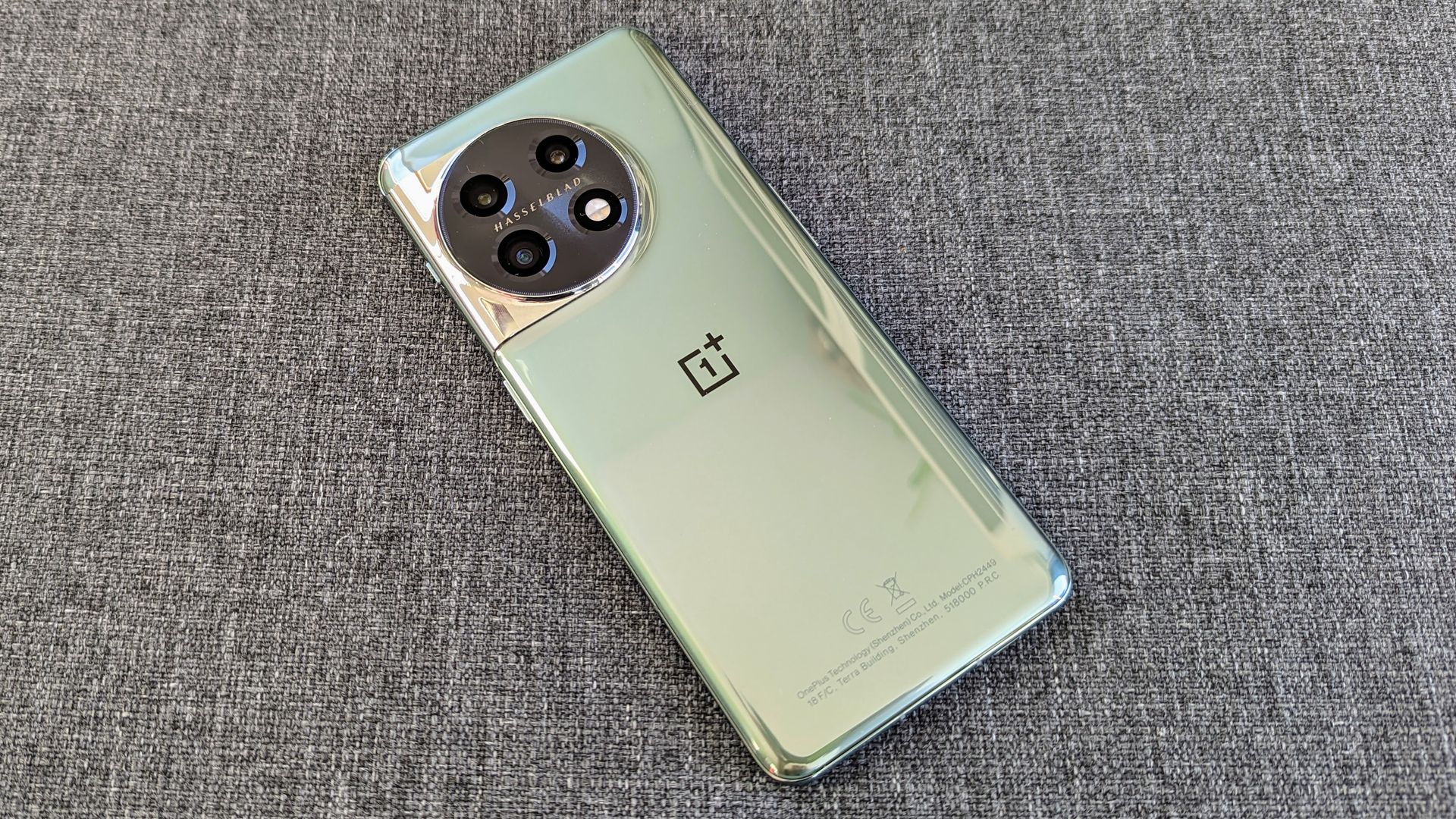

A great affordable Android phone
(Image credit: Future)
OnePlus has risen through the ranks over the years, always offering seriously big spec for a not-so-big price point. In this handset it’s the stunning 6.7-inch screen that we found to be its main lure – especially thanks to its 120Hz fast refresh rate and high-res 10-bit colour depth quality.
Another headline grab that we really love about this phone is how fast you can charge it up – it only took us about 25 minutes to take it from empty to full. That 100W wired charging is game-changing – and a good job given the fact that the battery life is otherwise just okay – and one feature that helps it stand apart from its nearest Android offerings.
Do note that the newer OnePlus 12 is also now available. It’s another great option, but being newer it’ll cost you a little bit more, thus the OnePlus 11 still earns its stripes for one of the best cheaper flagship options out there.f
Check out our full OnePlus 11 review to read why we think it’s a great Android pick
Best standout design
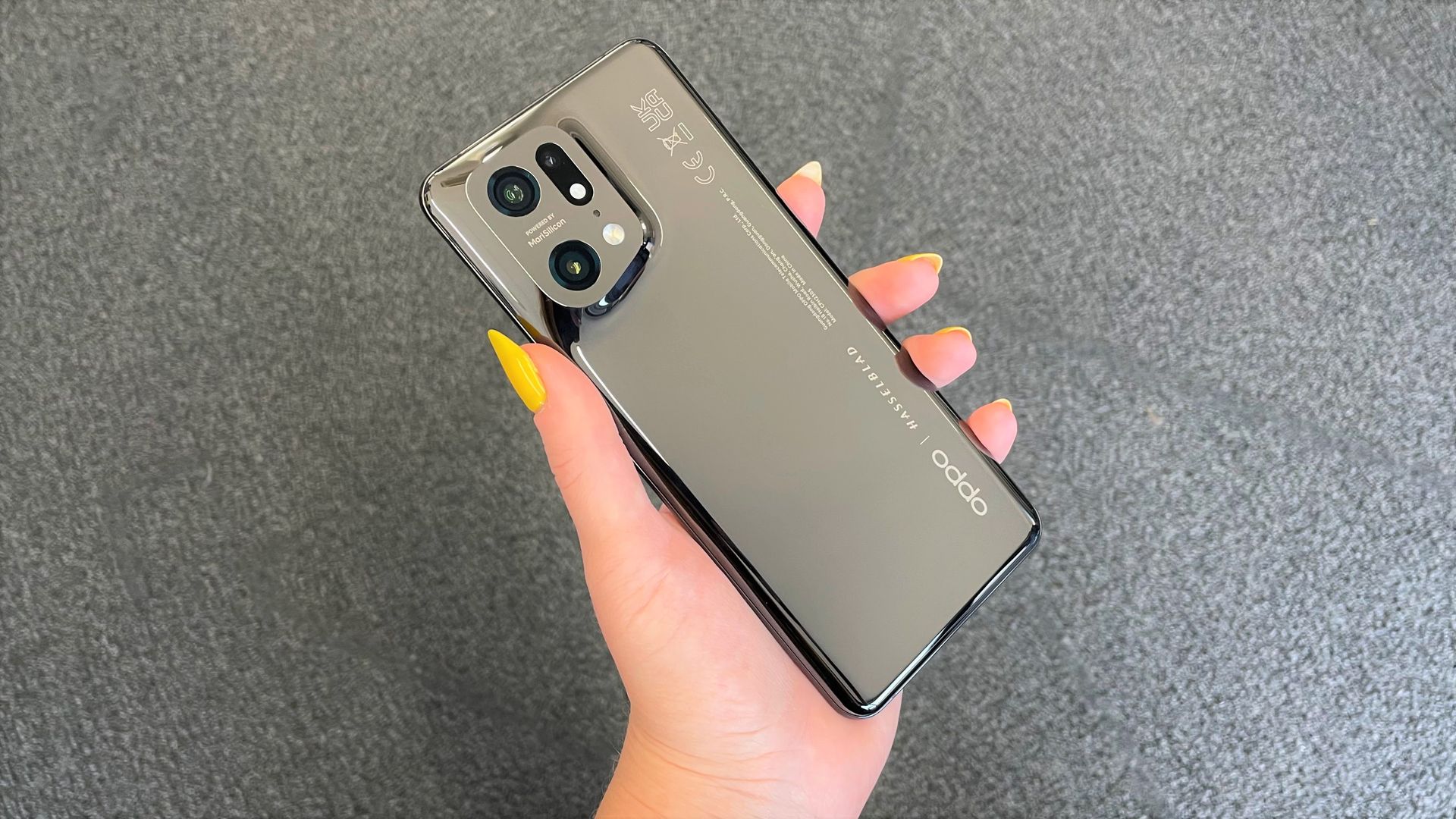

Superb design and great cameras from this Oppo handset
(Image credit: Future)
The Find X5 Pro is an ideal alternative to the Samsung Galaxy S22 series, delivering a gorgeous design finished in ceramic and a really impressive camera system. And just like the OnePlus further up this page, there’s ultra-fast charging too.
If you’re big on photography then the Find X5 Pro is a real stunner, its dual 50MP main/wide cameras and 13MP telephoto camera are able to take super pictures – helped along by Oppo’s own processing hardware that helps it stand apart from the crowd. It’s the cameras that are a real big win here.
Read our full Oppo Find X5 Pro review to get a better look at this stylish handset and its super cameras
Best Motorola
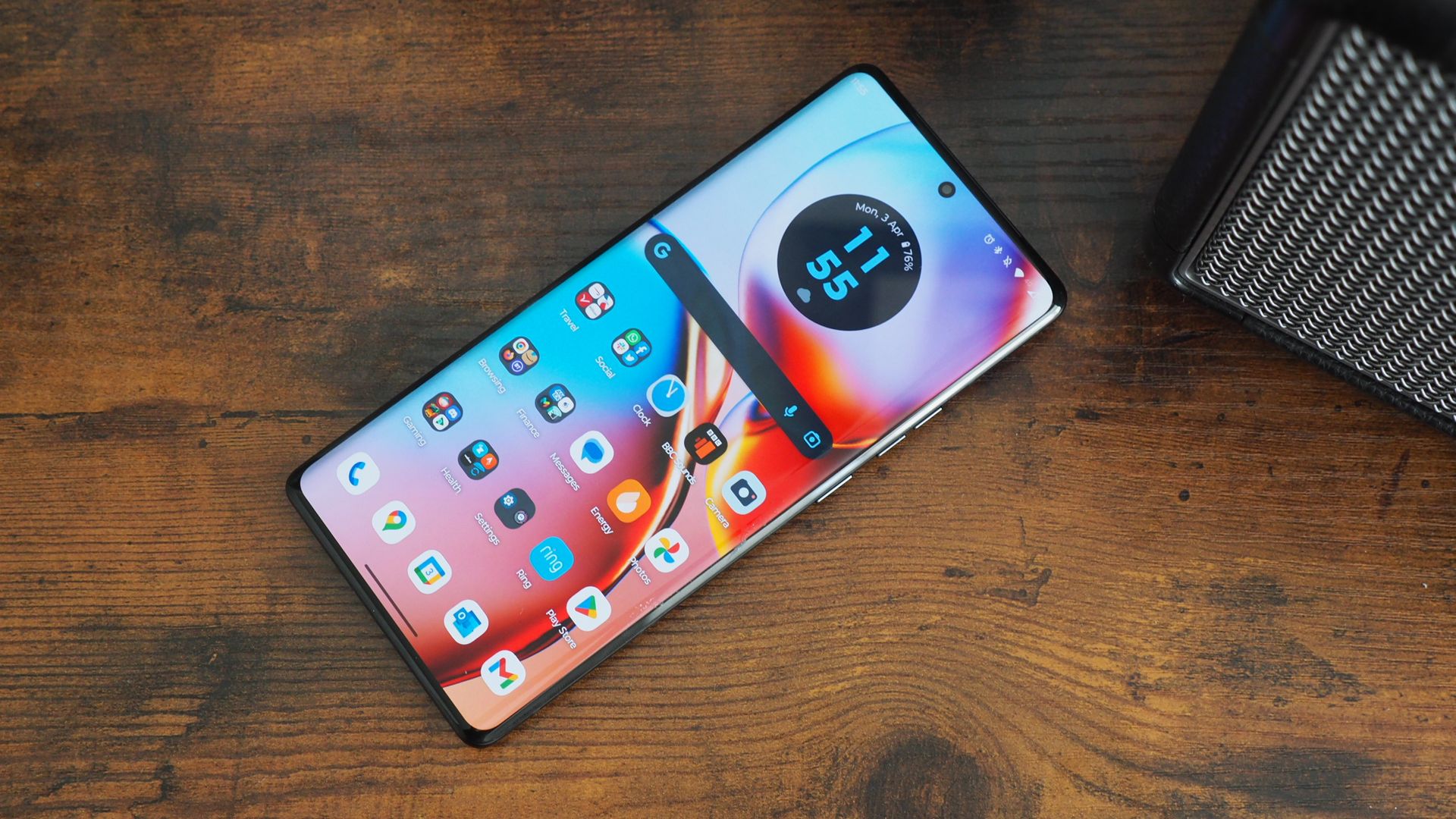

A fantastic premium Android phone
(Image credit: Future / Mike Lowe)
While its Edge 30 Ultra predecessor was the first ever phone to use a 200-megapixel camera, the newer step-down ‘Pro’ model goes with a pair of 50-megapixel lenses on the rear instead (there may be a 40 Ultra in the near future, who knows).
This, paired with stacks of power on tap from its Snapdragon 8 Gen 2 processor, plus its curved-edge screen, gives this Motorola phone distinctive appeal. It’ll make for a solid Samsung Galaxy S23 alternative for many given the very fair asking price too.
However, the curved-edge display might not be for everyone, but as we said in our review: « The Edge 40 Pro is a surprise star – think of it as the plucky underdog and give this handset the respect it’s due, as it’s one of the sub-flagship Android winners of 2023 ».
Read our full Moto Edge 40 Ultra review to see why this high-res camera option is a great Android option
Best small-scale Android


A great smaller-scale Android flagship
(Image credit: Future / Mike Lowe)
If the physical scale of the Ultra – not to mention the built-in stylus, curved screen, and additional expense – isn’t appealing, but you’re fixed on buying a pocketable yet near-perfect Android flagship, then this is the Galaxy for you.
However, do note that the Galaxy S24 is now available, although that’s not wildly different, just as the older Samsung Galaxy S22 model wasn’t before that. But that’s no matter, as this handset’s great style, super 6.1-inch display, and versatile cameras arrangement add up to greatness.
Read our full Samsung Galaxy S23 review to see if this modest-sized Android flagship is the right choice for you
Best last-gen bargain
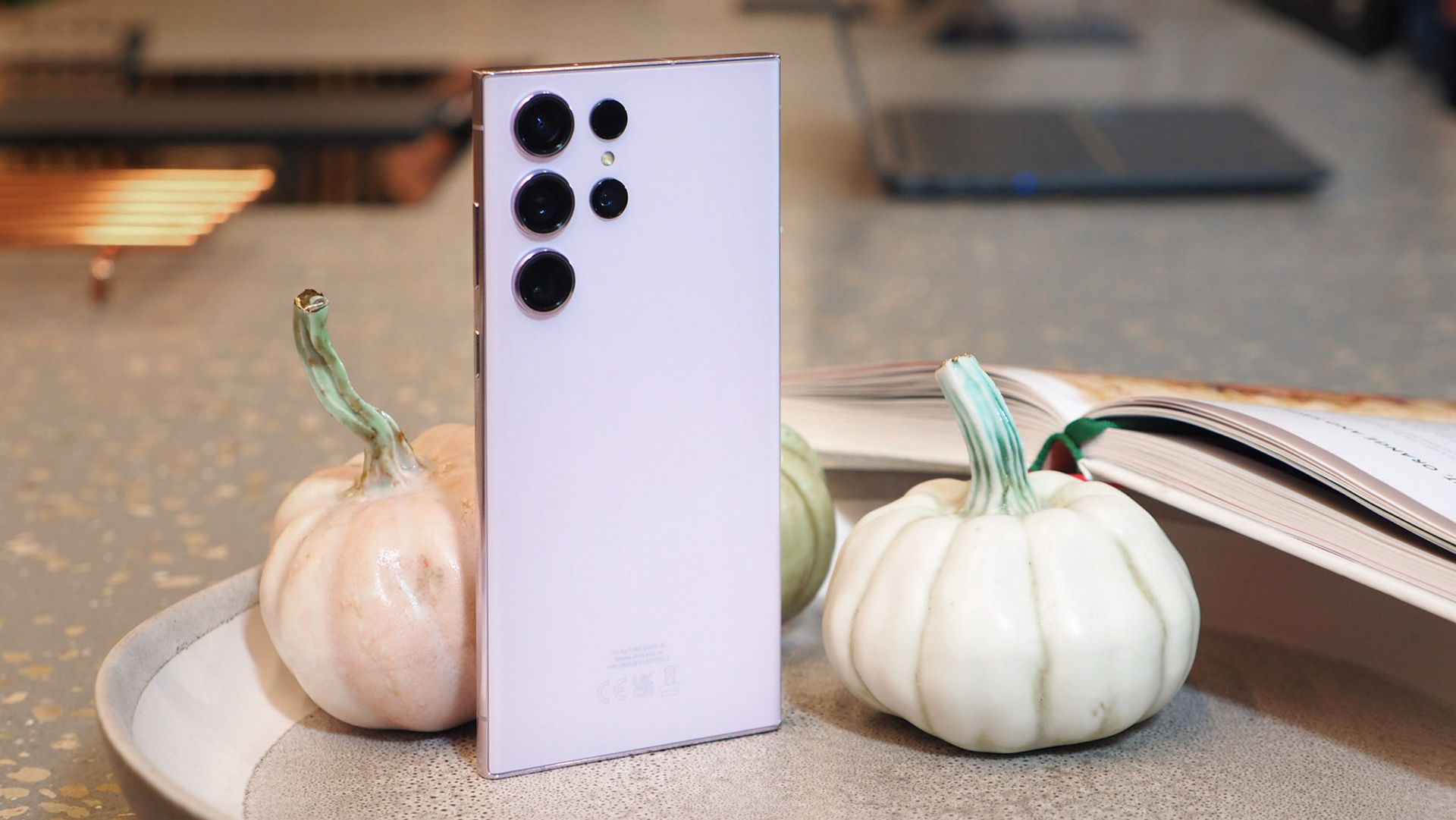

(Image credit: Future / Mike Lowe)
The Samsung Galaxy S23 Ultra was the pinnacle of its range in 2023, since replaced by the S24 Ultra. But that means the older model, which features a gorgeous design, subtly curved display, and built-in S Pen stylus, is now even more affordable and a bit of a bargain!
Around the back of the S23 Ultra is where the action lies: a quartet of cameras, arranged in exposed lenses as part of this design, really deliver quality through wide-angle to various zoom steps. This was also the first Samsung phone to feature a 200-megapixel camera, so there’s plenty to shout about in the photography department.
Want to know more? Read our full Samsung Galaxy S23 Ultra review for the full breakdown about this top-end Android phone
How to choose
Choosing the right phone is no easy task, as there are so many on the market and, truth be told, many of them are very similar. There are some core questions you should ask yourself before pulling the trigger on a smartphone upgrade, though.
Firstly, you need to establish if you’re going to buy the phone SIM free (as in buy the phone outright upfront) or on contract. Both these options have their own strengths and weaknesses.
For example, buying a phone outright, and especially if it is a premium handset, can cost a lot of money, so you need to be able to swallow that. Once the phone is bought, though, then it is yours and you can go about getting one of the best SIM only deals, which offer better allowances for less money.
On contract purchases are great in the sense that they often put the phone in your hand for comparatively very little money or even for nothing, but then you need to pay for the phone over the period of your contract, which is tied to a network SIM plan that, most of the time, doesn’t offer as good allowances or value as a SIM only one.
Next up you should ask yourself what you budget is, and what you’re primarily going to be using the phone for. If you’re a gamer then you’re going to need to ensure you have a phone with good gaming functionality, while if you’re a creative then you could benefit from a phone with digital stylus support. Equally, if you love taking photos then you need to prioritise a phone with a great camera system, while if you’re a massive streamer then bagging a phone with a large screen is smart. If you’re a busy working professional who travels a lot, then you’ll want a phone with a large battery.
Once you’ve identified your needs and budget you can start to get more granular with your sorting. Next up we’d suggest identifying which OS and phone platform is right for you. The two main ones are Apple’s iOS, which runs on all the maker’s iPhones, as well as Android. iOS tends to be better for people who don’t have too much technical knowledge and just want a streamlined, heavily guided usage experience, while Android is more open and complex.
Finally, once OS is decided start to add or take away features that you need or don’t. For example, reverse wireless charging is really neat, but not every user will need it or use it, while phones that comes with huge amounts of RAM or storage may be useful for enthusiasts, but would go unused by many others. 5G connectivity is great and it is the future, but if you live in an area where there is no 5G coverage then do you really need a 5G phone?
These are just a few of the things we recommend people consider before buying a new phone, but we feel that providing each person does their research well (something this buying guide can help with), there’s an ideal mobile for everyone.
How we test
There’s a lot to consider when reviewing one of today’s best phones, and for T3 we have a detailed five-stage process that each new device goes through.
Firstly, we judge the phone from a build quality and fit and finish point of view, as well as how comprehensive its package is. This stage is very much ascertaining how a phone feels in the hand, how robust it looks and what extras it does or doesn’t come with. If a phone has a cheap plastic backplate and a spongy screen then we’ll find out and let you know.
Next up we review the phone from a setup and hardware point of view. This stage sees us set up the phone as we would if it were our own, as well as examine exactly what hardware it comes with, such as its processor, RAM, storage and GPU, among other things. The goal here is to see how accessible setup is and what, on paper, your money is buying you.
Thirdly, we then move onto the phone’s software and highlight features. So, for example, on Android we test out how good the phone maker’s user interface skin is, as each one if definitely not made equal. Or, for example, if testing a new Galaxy Note phone, we’ll absolutely test out its digital stylus. We also test features like biometric security, fingerprint readers and reverse wireless charging.
Our forth stage of testing is dedicated purely to the phone’s camera system, as truth be told they are one of the most important parts of a phone today and a primary reason why people choose one model over another. This stage involved taking photographs with the phone and testing out each of its main shooting modes, as well as analysing what video capabilities are on offer, too.
Lastly, we then consider each phone from a purely experiential point of view – as in, how is it like to use on a daily basis? This is a really important part of our testing as it strips away all the technical jargon and components and is just intended to reveal how good it is use. This procedure takes one to two weeks and often also encompasses battery testing.
Only then, when all five of these phone review procedures are complete, do we award a score to a phone, with 5 stars been the highest rank a product can get.

Mike Lowe
I’ve been testing the best phones on the market for over a decade, from Android to iPhone (and beyond, back in the day), so know heaps about which handsets are best and for whom. I change phones every fortnight and have seen hundreds of models over the years.
->Google Actualités










